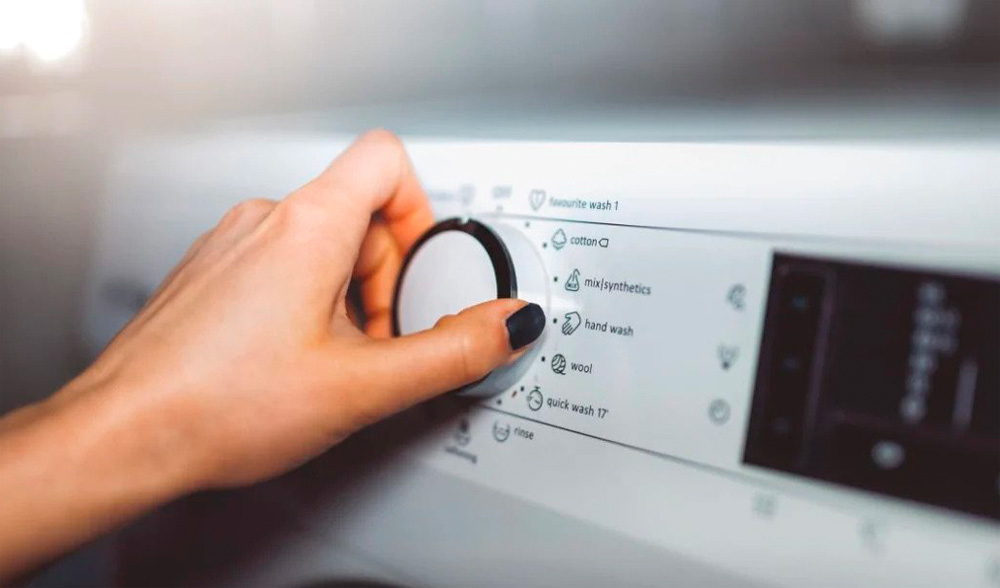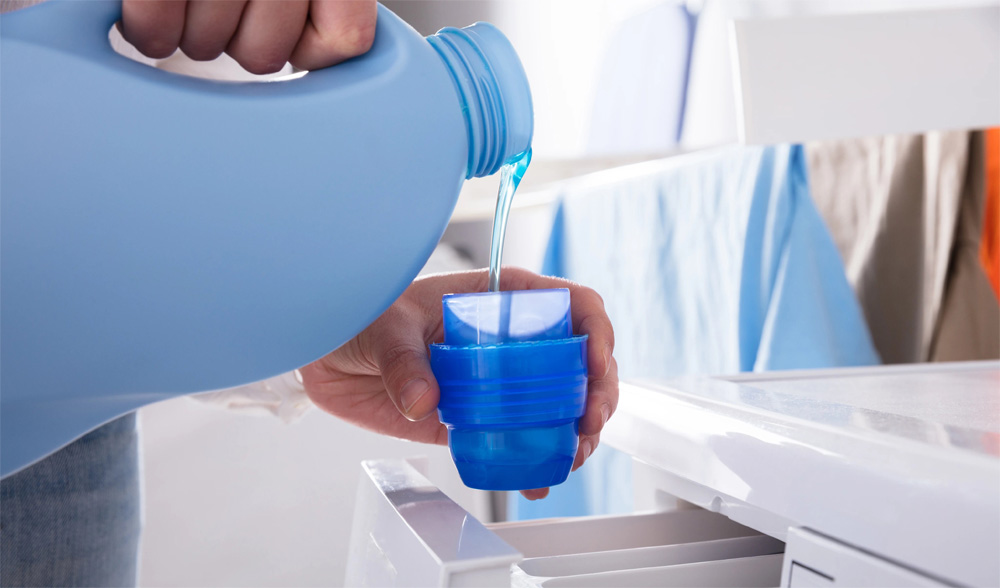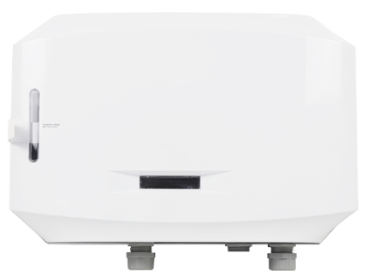
One fascinating aspect of using eco ozone laundry is its potential for significant cost savings. While our website provides general estimates, we believe it's valuable to illustrate the range of savings individuals can experience. It's important to note that the cost of laundry is influenced by various factors, and this blog entry aims to explore the diverse possibilities and potential savings associated with eco ozone laundry.
The bottom line is that adopting ozone for your home laundry eliminates the need for warm or hot water and eliminates the use of soap. With that in mind, let's delve into the cost component that tends to vary greatly: heating water. To make our calculations, we'll refer to the data provided on the specified website.
Given that soap is most effective when used with warm or hot water, we will assume that you are washing your laundry with at least warm water in every scenario. In this analysis, we will present a range of loads from warm to hot, highlighting the various temperature options.

Opting for gas to heat your water can lead to significant cost savings. The average price of natural gas in the U.S., when delivered to your home, is approximately $1 per therm. However, when using a front-load washer with gas heating at this rate, you may end up paying an additional 5-8 cents per load compared to using cold water. It's important to consider these factors when assessing the financial implications of using warm water for your laundry.
Using a top-load washer, each load will cost an additional 9-14 cents compared to using cold water.
Electricity rates in the United States exhibit significant variations. Excluding the higher rates in Hawaii, which are approximately 33 cents per kilowatt-hour (kWh), rates typically range from 8 to 20 cents per kWh.
With an electricity rate of 8 cents per kilowatt-hour, using a front-load washer will result in an additional cost of 8-13 cents per load compared to using cold water.
When considering an electricity rate of 8 cents per kilowatt-hour, utilizing a top-load washer will result in an additional cost of 13-21 cents per load compared to using cold water.
With an electricity rate of 20 cents per kilowatt-hour, using a front-load washer will result in an additional cost of 20-32 cents per load compared to using cold water.
With an electricity rate of 20 cents per kilowatt-hour, utilizing a top-load washer will result in an additional cost of 33-52 cents per load compared to using cold water.
Now it becomes evident why transitioning to an eco ozone laundry system can lead to substantial potential savings. Considering that the average American family does around 400 loads of laundry per year, the cost savings from using cold water instead of warm/hot water can range from $20 to $200 per year! This significant difference highlights the financial advantages of adopting an eco ozone laundry approach.
Considering the average electric rates, savings can range from 10 to 30 cents, depending on factors such as the type of washer and the frequency of hot and warm loads. Based on these figures, it is reasonable to estimate that average savings with gas heat are approximately $40 per year, while savings with electric heat are around $80 per year, although there can be variations. These numbers provide a general idea of the potential cost savings associated with different heating methods in laundry, but keep in mind that individual circumstances may lead to different outcomes.

Determining soap costs is relatively straightforward, but they exhibit just as much, if not more, variation. Homemade soap, for instance, can range from 2 to 5 cents per load, as discussed by some individuals. On the other hand, brand name soaps may require more significant amounts for heavily soiled loads, resulting in prices ranging from 50 cents to $1.50 per load. These fluctuations illustrate the diverse cost spectrum associated with different types and usage levels of soap.
In reality, the majority of people opt not to make their own soaps, and only a few individuals require excessive amounts of soap for heavily soiled loads. However, based on the insights provided in this article, it is reasonable to estimate that the cost per load falls within the range of 6-24 cents. Considering an average of 400 loads of laundry per year, the annual cost for soap would amount to approximately $24-$96.

When considering the combined savings from both warm/hot water and soap, it becomes evident that annual savings, based on 400 loads per year, can vary significantly. On the lower end of the spectrum, savings may amount to as little as $44, while on the higher end, savings could reach as much as $296. Taking into account moderate estimates for soap and hot water costs, it is fair to claim, as stated on our home page, that the average family can expect to save between $90 and $150 per year. These figures represent a middle-ground estimation of the potential cost savings achievable through the adoption of an eco ozone laundry system.
It's important to keep in mind that individuals living alone will experience lower savings due to a smaller number of laundry loads, while larger families have the potential to save even more due to their higher laundry volume. The extent of savings varies depending on household size and laundry frequency.

Green Land Yinghai International Building B,
Baohe District, Hefei,
Anhui, China, 230002
© O₃ Eco Laundry 2024 | Sitemap | Privacy Policy | Terms of Service